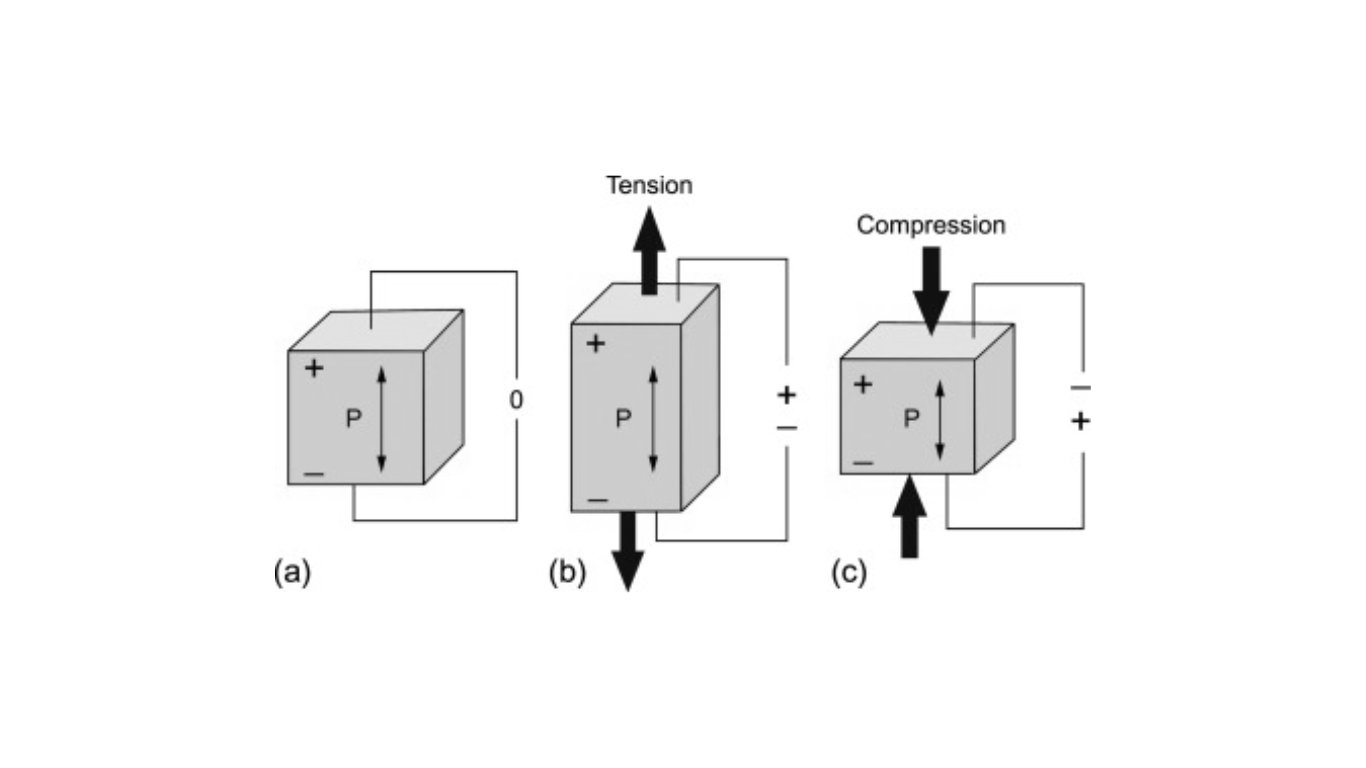
Piezoelectric materials have been known since the late 1800s and have led to significant inventions. Initially used in SONAR during World War I, these materials have now garnered attention for their remarkable characteristics. In the 21st century, with the dominance of technologies like Wireless Sensor Networks and the Internet of Things, the demand for sustainable and reliable energy sources has increased. Piezoelectric materials have emerged as trailblazing power harvesters, capable of converting mechanical vibrations into usable energy.
Advantages of Piezoelectric Materials
Versatility: Piezoelectric materials can operate under various temperature conditions, making them adaptable to different environments.
Low Carbon Footprint: These materials have a low carbon footprint, making them an attractive alternative to fossil fuels and traditional energy sources, contributing to greener energy solutions.
Efficient Energy Harvesters: The characteristics of piezoelectric materials make them excellent energy harvesters, capable of converting otherwise wasted energy from vibrations into usable electricity.
Limitations of Piezoelectric Materials
Unwanted Vibrations: While harvesting energy from vibrations, piezoelectric devices may also pick up unwanted vibrations, affecting their efficiency.
Resistance and Durability: Devices tapping energy from pavements and roads are limited by resistance and durability constraints.
In conclusion, piezoelectric materials offer numerous advantages as efficient and renewable energy harvesters, with low environmental impact. However, their practical implementation may face challenges related to unwanted vibrations and material compatibility. With ongoing research and advancements, these materials have the potential to play a significant role in meeting the energy needs of the future.